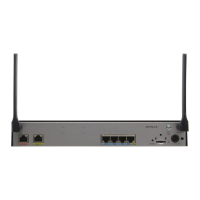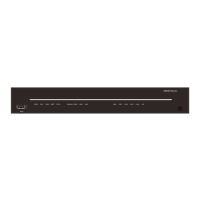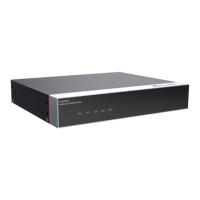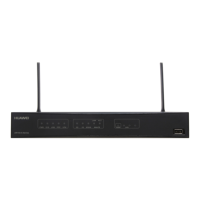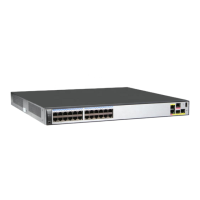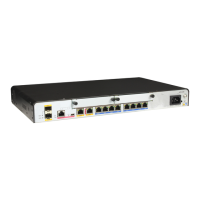Procedure
l Configuration in the Eth-Trunk interface view
1. Run:
system-view
The system view is displayed.
2. Run:
interface eth-trunk trunk-id
The Eth-Trunk interface view is displayed.
3. Run:
trunkport interface-type { interface-number1 [ to interface-number2 ] }
&<1-8>
Member interfaces are added to the Eth-Trunk.
l Configuration in the member interface view
1. Run:
system-view
The system view is displayed.
2. Run:
interface interface-type interface-number
The interface view is displayed.
3. Run:
eth-trunk trunk-id
The interface is added to the Eth-Trunk.
When adding an interface to an Eth-Trunk, pay attention to the following points:
– Member interfaces of a Layer 2 Eth-Trunk must be Layer 2 interfaces, and member
interfaces of a Layer 3 Eth-Trunk must be Layer 3 interfaces.
– An Eth-Trunk contains a maximum of eight member interfaces.
– A member interface cannot be configured with any service or static MAC address.
– Ensure that interfaces added to an Eth-Trunk are hybrid interfaces (the default interface
type).
– An Eth-Trunk interface cannot have other Eth-Trunk interfaces as member interfaces.
– An Ethernet interface can be added to only one Eth-trunk interface. To add the Ethernet
interface to another Eth-trunk, delete the Ethernet interface from the current Eth-Trunk
first.
– The member interfaces of an Eth-trunk must be the same type, that is, an FE interface
and a GE interface cannot be added to the same Eth-trunk.
– Ethernet interfaces on different LPUs can be added to the same Eth-Trunk.
– The peer interface directly connected to a member interface of the local Eth-Trunk must
also be added to an Eth-Trunk; otherwise, the two ends cannot communicate.
– When member interfaces have different rates, the interfaces with lower rates may
become congested and packet loss may occur.
Huawei AR3200 Series Enterprise Routers
Configuration Guide - LAN 1 Link Aggregation Configuration
Issue 02 (2012-03-30) Huawei Proprietary and Confidential
Copyright © Huawei Technologies Co., Ltd.
13

